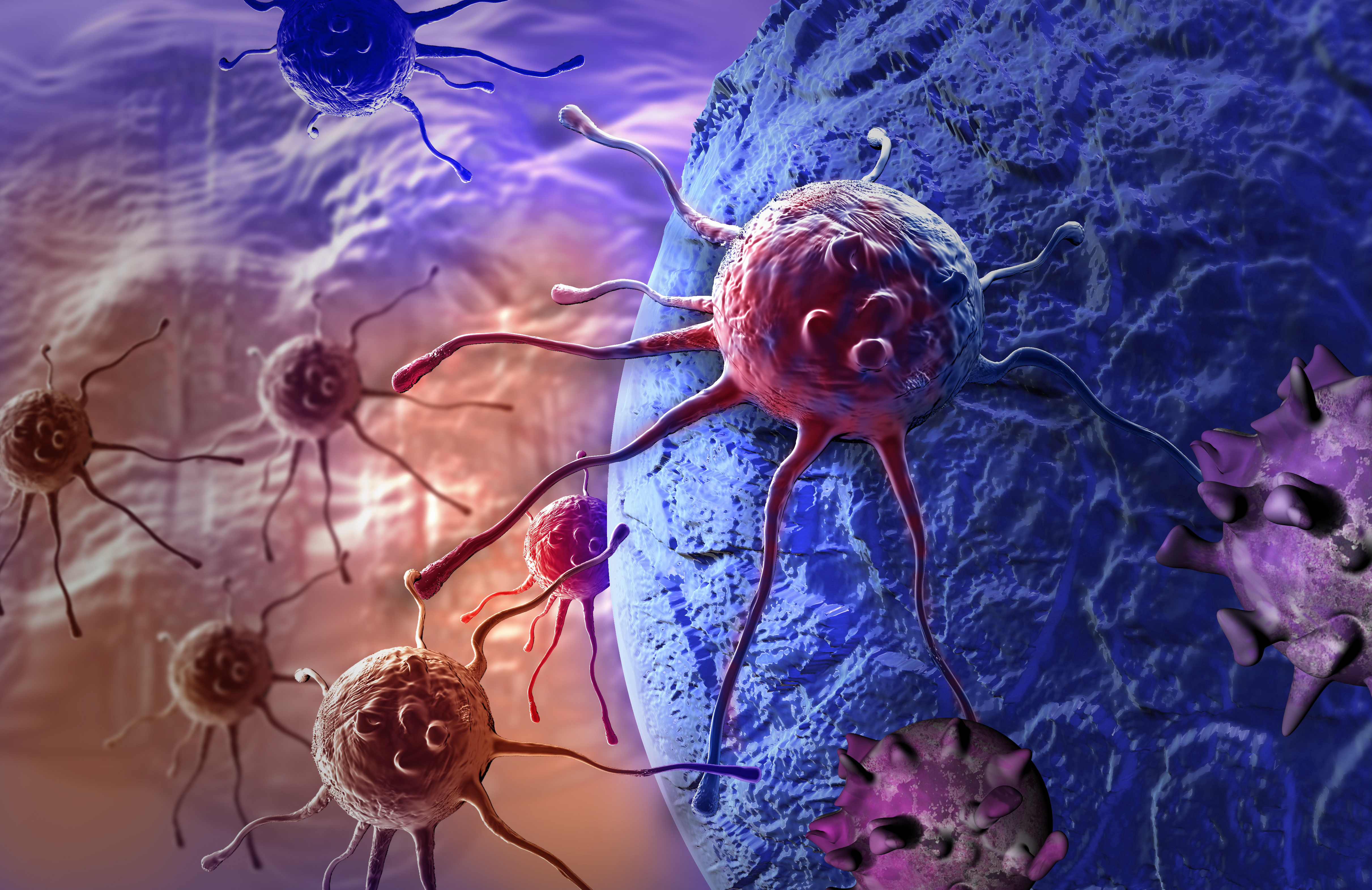June 13, 2019 -- Liquid biopsies are a set of minimally invasive diagnostic methods that analyze tumor-derived materials that can be found circulating in biological fluids, to provide information for the diagnosis, treatment, and monitoring of cancer. While tissue biopsies and imaging techniques remain the current standards of care in the diagnosis of solid tumors, they have risks and limitations and limitations, some of which can be overcome by the use of liquid biopsy in clinical oncology, as an alternative or complementary technique to the current standards of care.

Liquid biopsies offer several key advantages over tissue biopsies. They are less or non-invasive, lower risk, lower cost, and offer faster turnaround times for results. Moreover, liquid biopsies provide the opportunity for repeat testing, to monitor treatment progression over the course of therapy, and/or to test for recurrence after surgical removal of tumors. Liquid biopsies provide a more comprehensive picture of tumor heterogeneity, providing genomic insights for both intra-tumor, and of metastatic lesions. Liquid biopsies, in general, are better able to capture the heterogeneity of cancer than tissue biopsies, as cells, DNA, and exosomes are shed from multiple parts of the primary tumor or metastatic lesions in various locations of the body, into the vascular and lymphatic systems. With this information, clinicians can form a more comprehensive understanding of the disease burden, and druggable variants may be identified.
Types of Analytes
Commercially available liquid biopsy tests target three main categories of analytes: circulating tumor DNA (ctDNA), circulating tumor cells (CTCs), and exosomes (also called extracellular vesicles). Other analytes that are not a frequently targeted are cell-free RNA species (cfRNA), and proteins.
The most frequently targeted analyte in liquid biopsy is ctDNA, which encompasses small fragments of DNA that are believed to originate from the natural and abnormal necrosis and apoptosis processes undergone by solid tumor cells as well as normal cells during regular cellular turnover. The processes which generate ctDNA are accelerated in tumorigenesis, resulting in a greater abundance of ctDNA in biofluids, such as blood, urine, plasma, and cerebrospinal fluid. However, ctDNA is still found in relatively low concentrations, and has a short half-life in the bloodstream, which makes their isolation and identification challenging. Furthermore, the information that can be derived from ctDNA is limited to genomic sequence. ctDNA cannot provide information about transcription levels, translocations and fusions, or protein expression. The presence of ctDNA may also result from tumor cells killed by therapeutic drugs, and does not capture information about the residual cancer that may not respond to the particular therapy or has become resistant to it.
CTCs are a population of tumor cells that are believed to have detached from the primary tumor or metastatic tumor sites, and are found circulating in blood. CTCs are thought to be a fundamental process in metastasis. Because they are intact, viable cells they have a longer half-life in the circulatory system, and they offer several analytical advantages not possible with ctDNA analysis, including RNA and protein analysis, and intact genome. There are, however, significant challenges in capturing CTCs for analysis. CTCs are rare events and not always present in peripheral blood, even in the case of metastatic cancer patients. When present, their concentration is very low, in the range of one CTC among billions of red blood cells and millions of leucocytes. CTC markers may differ from those of primary tumor cells, and may also change over the course of therapy, making them difficult to target.
Exosomes are nanometer-sized extracellular membrane-bound vesicles secreted by cells to the extracellular environment on a continuous basis by most eukaryotic cells as a means of extracellular communication. They are highly stable in biological fluids, and, due to their miniscule size, can escape filtration by the kidneys to be found in urine, and can pass through the blood-brain barrier. Exosomes contain molecular information from their parental cells, by encapsulating proteins and various nucleic acids such as double- and single-stranded DNA, mRNA, miRNA, and other non-coding RNA. This provides many analytical advantages over ctDNA. However, because exosomes are secreted by most cells, it is difficult to efficiently discriminate and isolate them from other types of extracellular vesicles in bodily fluids. Due to the complex composition of biological fluids, the detection and isolation of high purity exosomes is a long process that imposes the use of multiple techniques based on various parameters.
Liquid biopsy tests have numerous potential applications in oncology, including:
- Cancer screening
- Early diagnosis of cancer
- Personalization of therapeutic options- identification of biomarkers can help clinicians select optimal treatment options
- Disease monitoring- to track disease progression and tumor evolution, treatment response or development of treatment resistance, and to detect residual disease or recurrence
- Prognosis of disease evolution
- Alternative method of testing when tumor tissue samples are difficult/impossible to obtain, or when the primary site of metastatic disease is unknown
Other articles you may be interested in:
Copyright © 2019 scienceboard.net


